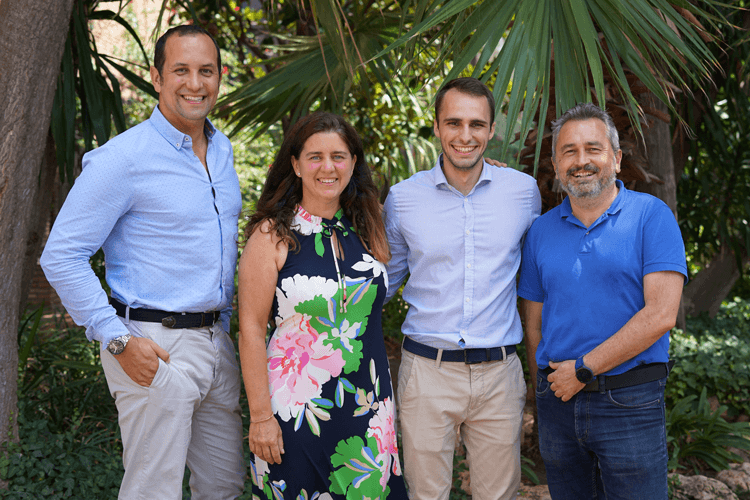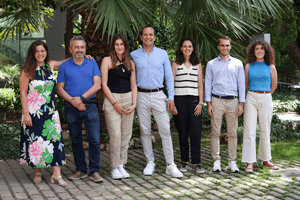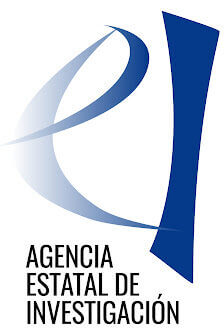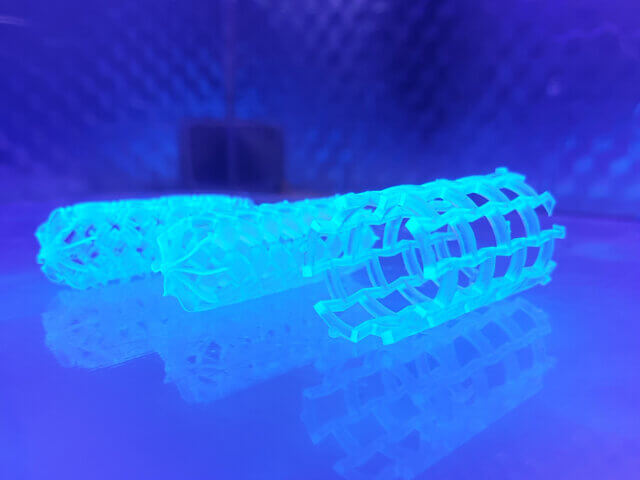Interview with Francesc Canalejo, IQS Predoctoral Researcher

Francesc Canalejo Codina, a doctoral student in the Department of Industrial Engineering at the IQS School of Engineering, has earned a Daniel Bravo Andreu Private Foundation grant to conduct biomedical research at a prestigious university. Francesc will spend nine months at the Massachusetts Institute of Technology (MIT) Institute for Medical Engineering & Science (IMES). Since 2013, the Daniel Bravo Andreu Private Foundation has supported scientific talent and stimulated biomedical research with a high academic, clinical, and social impact in Catalonia through awarding these grants.
Falling under the Polycoarct project and focused on the development of polymeric stents for children affected by aortic coarctation, Francesc’s doctoral thesis is being jointly supervised by IQS professors Dr Jordi Martorell, from the Vascular Engineering and Applied Biomedicine Group (GEVAB), Dr Andrés García, from the Industrial Products Engineering Group (GEPI), and Dr Mercedes Balcells, a researcher at MIT’s IMES.
Francesc, what does earning this grant mean to you?
The Daniel Bravo Andreu Foundation grant represents an outstanding opportunity and I am proud to have earned it as it is a very competitive grant for which researchers who carry out highly cutting-edge and important lines of research can apply. At the same time, a researcher from the Hospital Clínic de Barcelona and a researcher from the Sant Joan de Déu Research Institute also received grants.
Earning one of these grants and knowing they trust in the research we are doing, both at IQS and other centres participating in the project, is something I’m very proud of and an opportunity that I greatly value. I will try to take advantage of this opportunity that has been given to me to advance as much as possible both on my thesis and on the Polycoarct project.
“We are proud to receive one of these grants and know they trust in the research we are doing at IQS”
What is the aim of your thesis?
My doctoral thesis derives from a previous master’s project and forms part of the Polycoarct project, funded within the National Plan of the Ministry of Science and Innovation State Research Agency. It consists of developing stents – tubular structures that are placed within the arteries and expand inside them – to treat paediatric aortic coarctation, a congenital narrowing of the arteries that manifests itself from the moment of birth and that must be treated to avoid resulting cardiac problems.
“In this research, we want to develop polymeric stents to treat paediatric aortic coarctation that can also accompany the child’s growth”
Current treatments have several drawbacks: on the one hand, there is open surgery, which is very aggressive, and even more so in newborns. On the other hand, there are endovascular treatments, such as angioplasty or the implantation of traditional stents, which also have their associated complications. In the specific case of stents, which are metallic nowadays, it is necessary to perform periodic reinterventions to adapt the implant to the new size of the artery as the child grows.
The research we’re doing with Polycoarct is focused on developing a stent that minimizes the number of patient interventions. Therefore, we are developing a polymeric stent that is capable of accompanying the child’s growth and is also reabsorbed after a certain period of time after having fulfilled its function.

The Daniel Bravo grant is for visiting researchers at MIT. But who else collaborates on the project?
Different centres and hospitals are collaborating. Aortic coarctation is not a minor problem, and its solution spans many disciplines – engineering, chemistry, materials science, vascular biology, and medicine – and various dimensions – from molecules and cells to the structure of devices and organs. This is why each centre is assigned a line of research, depending on its area of expertise. At the UPC, Dr Marta Pegueroles’s Biomaterials, Biomechanics, and Tissue Engineering (BBT) Research Group is focusing on the study of biomaterials that are used to develop polymeric implants. At IQS, the GEVAB and GEPI groups are prioritizing the analysis and optimization of the stent structure to ensure that it is efficient and can be expanded within the artery to support it. At MIT, Dr Mercedes Balcells’s IMES group is addressing the in vitro study of the implant, from endothelial cell adhesion and proliferation to device hemocompatibility.
How long have you been working on this line of research?
I have been working for about a year and a half on the Polycoarct project, when I started my master thesis. Five months ago, I finished my master’s studies and started my doctoral thesis, in which I am continuing to apply my engineering knowledge in the development of the stent.
Now, the Daniel Bravo Andreu grant, which is highly focused on biomedical areas, is giving me the opportunity to work at MIT and carry out in vitro studies of these stents.
It’s very noteworthy research for which you have obtained more awards and recognition, correct?
Yes. In addition to the Daniel Bravo grant, this past June we received the Doctoral Thesis Scholarship award from the Industrial Engineers of Catalonia Association. It was an immense satisfaction to receive this award, although being part of this school is already something to be proud of. Finally, I also earned grants for predoctoral contracts for the training of MIC – AEI doctors, within the National Plan that is funding the Polycoarct project.
How exactly does an industrial engineer get into biomedical research? What drew you to this area of expertise?
When I studied Industrial Engineering, I saw that the knowledge I was acquiring could be applied to many different areas, so I sought to do something that made me feel “fulfilled.” Dr Jordi Martorell introduced me to his line of research and told me about Aortyx, his startup focused on the treatment of aortic dissection. I asked Dr Martorell for the opportunity to join Aortyx as an intern. By doing so, I was able to verify that my industrial engineering knowledge was applicable to this area of biomedicine in a very practical sense and with a great capacity to generate a positive impact on society.
Since then, I’ve always worked in these areas, not only with Dr Martorell, but also with the help of Dr Andrés García, who has always supported me and enabled me to understand biomedicine from an engineering point of view. In Industrial Engineering we do cutting-edge research and we can make it reach patients.
“In Industrial Engineering we do cutting-edge research and we can make it reach patients”
And what do the three directors have to say?
Dr Mercedes Balcells. It’s a true honour to be able to contribute to Francesc’s growth as an engineer in a new field for him such as tissue engineering so he can test the new stent in vessels made in the laboratory that reproduce the pathological characteristics of coarctation. Francesc is a future leader in his field, without a doubt: he is very intelligent, a tireless worker, extremely loyal to the team, respectful, humble, generous, and committed. It’s amazing to see what he’s accomplished so far and I wish I could have him in my MIT lab longer.
Dr Andrés García. I met Francesc in 2018, in my Statics and Dynamics classes, where he already showed a great interest in both theoretical and practical engineering. I was fortunate to be able to jointly supervise his master thesis, in which he did thousands of iterations of stent designs using highly advanced simulation techniques. He is a tireless worker who always helps his colleagues with their projects. He’s a great person and, better yet, he’s an RCD Espanyol fan!! Now I have the opportunity to jointly supervise his PhD, where, as an engineer, Canalejo already knows more than me and can work with suppliers from many countries to get the best product, and all as part of this exciting project!
Dr Jordi Martorell. I have been able to enjoy Francesc’s presence since the Fluid Mechanics classes he took 2019, when I became aware of his great potential. I have been fortunate to supervise his final degree project, his master thesis, and now his PhD. In addition, he has alternated between his academic assignments and bringing an incredible attitude and performance to our startup Aortyx. He’s a one-of-a-kind! And since no one is perfect, he supports RCD Espanyol. But, apart from that, he is incredibly approachable, dedicated, tough, motivated, grateful, and more. He is the best representative of our students that we can have at MIT.
RELATED PEOPLE:
RESEARCH GROUP
Vascular Engineering and Applied Biomedicine Group
Industrial Products Engineering Group
RELATED PROJECTS
PolyCoarct (Stents poliméricos adaptables para tratar coarctación aórtica pediátrica)





